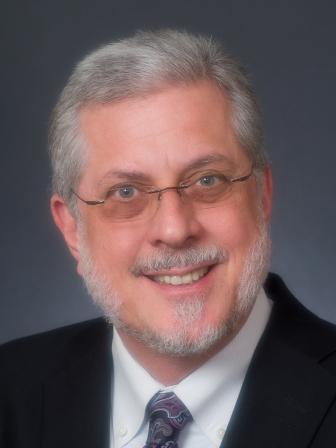 Your ExitMap Blog Contributor
Your ExitMap Blog Contributor
Exit Planning Articles by John F. Dini, CBEC, CExP, CEPA

 John F. Dini, CBEC, CExP, CEPA
John F. Dini, CBEC, CExP, CEPAPresident, MPN Incorporated
Complete an MPN Inc. Exit Readiness Assessment
John F. Dini develops transition and succession strategies that allow business owners to exit their companies on their own schedule, with the proceeds they seek and complete control over the process. He takes a coaching approach to client engagements, focusing on helping owners of companies with $1M to $250M in revenue achieve both their desired lifestyles and legacies.
Recent Articles posted by John F. Dini
| Recent Articles posted by John F. Dini |
Goals and Resolutions There is a difference between goals and resolutions. Businesses set goals. These can be budgetary, operational, recruiting, sales or profit oriented. Individuals make resolutions. Business Goals Goals are focused on a particular outcome, and so should be specific. It’s worth the time to get into the details. If you intend to increase the company’s cash flow, how will that be done? If it’s by boosting sales, what has to change to make that happen? You could add a new product line or enter additional territory. It may require hiring and training new salespeople. You can also increase the cash flow by reducing your Cost of ... Read more There is a difference between goals and resolutions. Businesses set goals. These can be budgetary, operational, recruiting, sales or profit oriented. Individuals make resolutions. Business Goals Goals are focused on a particular outcome, and so should be specific. It’s worth the time to get into the details. If you intend to increase the company’s cash flow, how will that be done? If it’s by boosting sales, what has to change to make that happen? You could add a new product line or enter additional territory. It may require hiring and training new salespeople. You can also increase the cash flow by reducing your Cost of ... Read more What is “Holistic” Planning? Financial planners use the term “holistic planning” frequently. It’s meant to indicate that they consider the client’s short- and long-term life goals and the future they visualize. According to Fidelity Investments Holistic Wealth Planning is continuous and considers two dozen aspects of client wealth objectives. The Valuation Reality Gap - Only one of those aspects is ownership of a business. Financial planners use the term “holistic planning” frequently. It’s meant to indicate that they consider the client’s short- and long-term life goals and the future they visualize. According to Fidelity Investments Holistic Wealth Planning is continuous and considers two dozen aspects of client wealth objectives. The Valuation Reality Gap - Only one of those aspects is ownership of a business. Cash Flow Normalization Cash flow normalization is done with the intention of identifying Earnings Before Interest Taxes Depreciation and Amortization (EBITDA) or Seller’s Discretionary Earnings (SDE). These differing measures are not interchangeable, but are used by different classes of buyers for different categories of acquisition. Cash flow normalization is done with the intention of identifying Earnings Before Interest Taxes Depreciation and Amortization (EBITDA) or Seller’s Discretionary Earnings (SDE). These differing measures are not interchangeable, but are used by different classes of buyers for different categories of acquisition. What is an Exit Plan? "What is an Exit Plan" is an article I wrote ten years ago. It was just brought to my attention and I realized I never posted it to Awake for some reason. Here, with some updating, we celebrate its 10th anniversary.
Exit planning is the buzzword for those who consult to Baby Boomer business owners. Business brokers, wealth managers and other professionals are adding “exit planning” to their marketing messages. "What is an Exit Plan" is an article I wrote ten years ago. It was just brought to my attention and I realized I never posted it to Awake for some reason. Here, with some updating, we celebrate its 10th anniversary.
Exit planning is the buzzword for those who consult to Baby Boomer business owners. Business brokers, wealth managers and other professionals are adding “exit planning” to their marketing messages. Purpose – Life After the Sale Part 3 The third component of life after the sale is Purpose – “Having as one’s intention or objective.” Many exit planning advisors discuss the three legs of the exit planning stool – business readiness, financial readiness, and personal readiness. In our previous two articles, we focused on two of the “big three” components of a successful life after the sale, activity and identity. The third is purpose. The third component of life after the sale is Purpose – “Having as one’s intention or objective.” Many exit planning advisors discuss the three legs of the exit planning stool – business readiness, financial readiness, and personal readiness. In our previous two articles, we focused on two of the “big three” components of a successful life after the sale, activity and identity. The third is purpose.
|
